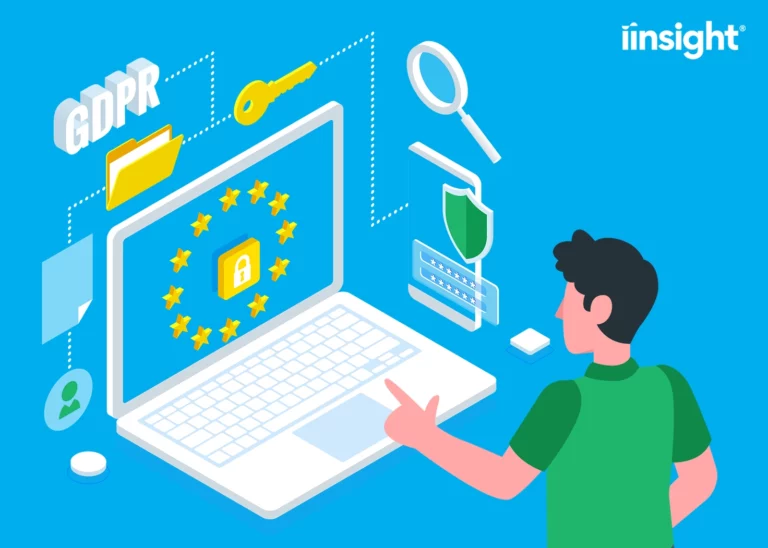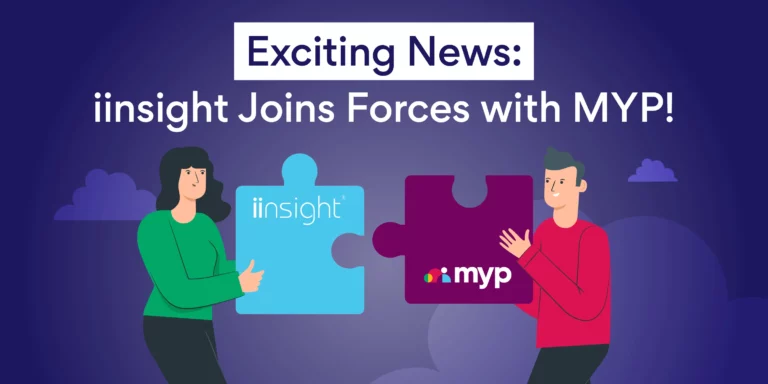In a gist, NDIS plan management software is designed to make payment requests to the insurance scheme easier. It streamlines medical insurance processes so you can increase your claims and manage costs more efficiently than before. How exactly NDIS plan management software works for your practice?
Automating your process
Struggling to manage NDIS plan? You are not alone in this battle. Professionals in the allied healthcare sector know the challenge of requesting payment and actually getting paid, especially when done manually. NDIS plan management software helps alleviate the complexity of this task by automating your process. You can create and submit digital invoices in a breeze and you will get paid faster, too. All you must do is to log on the software, search participants, create payment request or bulk payment requests, and then click the appropriate services that you have provided to your patients.
Integrating accounting system
Some NDIS plan management software solutions also let you integrate your accounting platform. This way, all data, including your bank statements, invoices, and sales tax returns will be in sync and there will be no double entries. This feature is a big help in reconciling invoices, enabling you to check if you are getting paid correctly, and helping you stay on top of your finances.
Keep track of company expenses
Aside from helping you to get paid by the insurance scheme fast, NDIS plan management software also aids in tracking your expenses. It will keep you updated of all your expenses so that you know where all your money goes. With its reporting feature, you will be able to determine things that are unessential yet costing your practice too much and thus, control your overhead expenses. You will be able to eliminate redundancy in the financial process, and reduce operating expenses that don’t contribute to better care.












